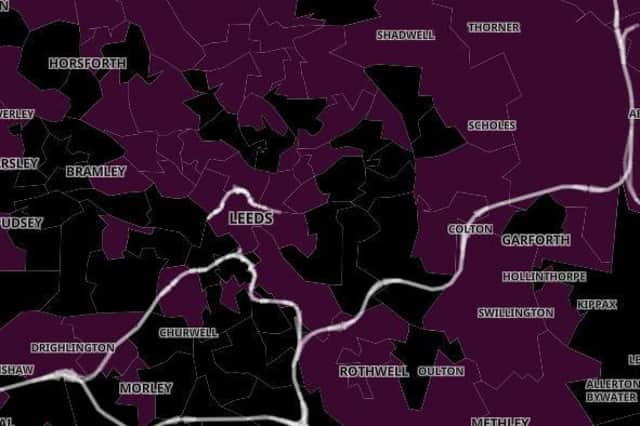An estimated 6.77 per cent of people in private households in Leeds had the virus in the seven days to January 6, up from 4.3 per cent in the previous week, according to the Office for National Statistics (ONS).
The figures show 4.3 million people across the UK had Covid-19 in the seven days to January 6, a record high and up from 3.7 million in the previous week.
Leeds recorded an infection rate of 1,532.8 new cases per 100,000 people in the seven days to January 11, the latest available figures. It's down 27.3 per cent from the previous week.
Although rates are falling, some Leeds neighbourhoods have much higher rates than the city's average. Here we reveal the areas with the highest infection rates.
The infection rate is expressed as the number of new cases per 100,000 people. All images are for illustrative purposes only.
Leeds recorded an infection rate of 1,532.8 new cases per 100,000 people in the seven days to January 11, the latest available figures. It's down 27.3 per cent from the previous week.
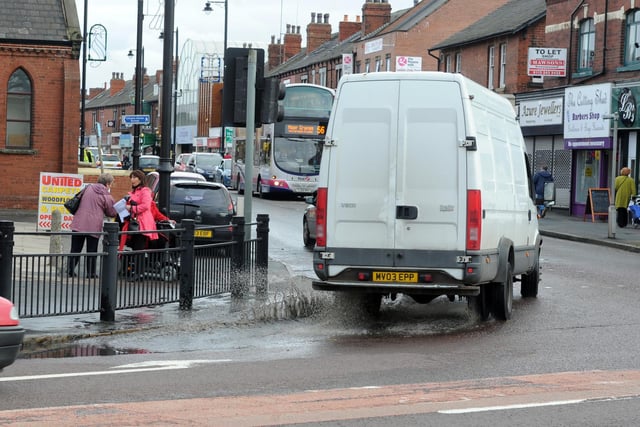
7. Cross Gates West & Killingbeck
Cross Gates West & Killingbeck recorded an infection rate of 2,046.6 in the seven days to January 11. It’s down 20% from the previous week.
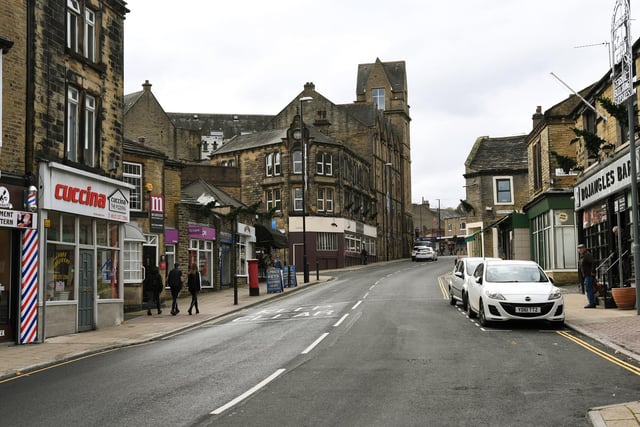
8. Pudsey North East
Pudsey North East recorded an infection rate of 1,946.4 in the seven days to January 11. It’s down 28.1% from the previous week.
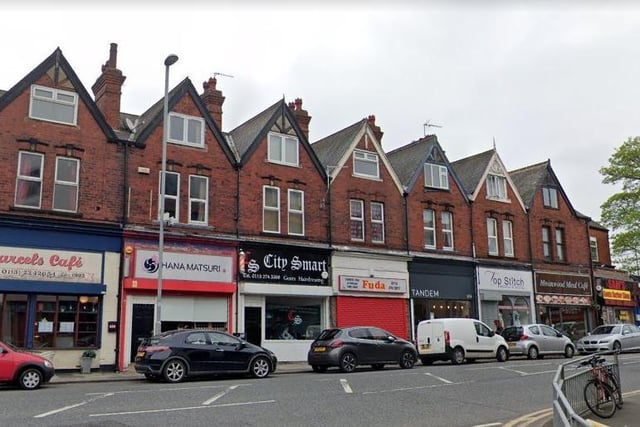
9. Meanwood
Meanwood recorded an infection rate of 1,943.5 in the seven days to January 11. It’s down 12.8% from the previous week. Photo: Google
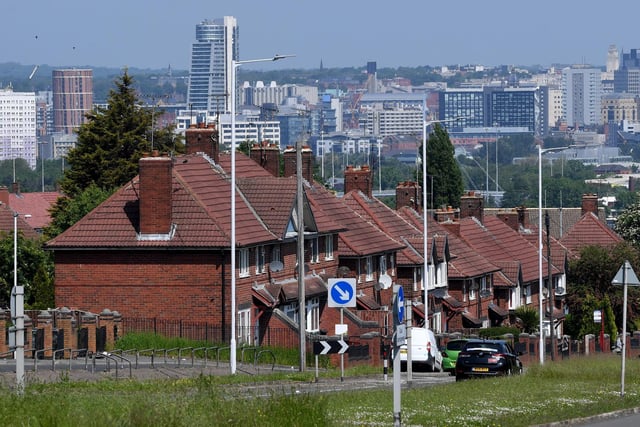
10. Belle Isle South
Belle Isle South recorded an infection rate of 1,930.4 in the seven days to January 11. It’s down 31.1% from the previous week.
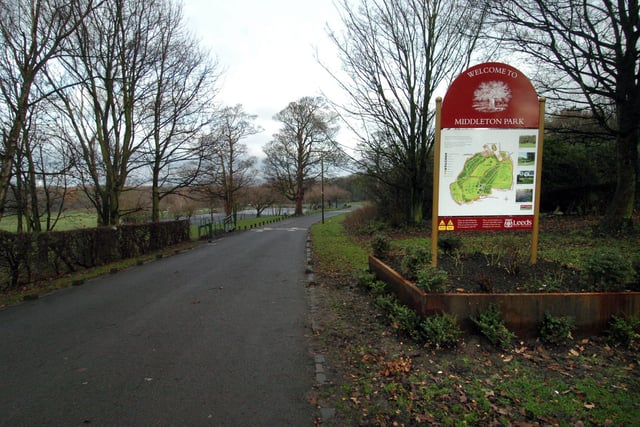
11. Middleton Park Avenue
Middleton Park Avenue recorded an infection rate of 1,913.9 in the seven days to January 11. It’s down 20.7% from the previous week.
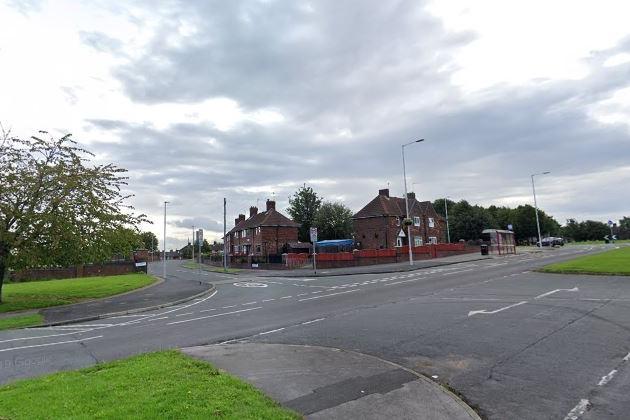
12. Belle Isle North
Belle Isle North recorded an infection rate of 1,893.9 in the seven days to January 11. It’s down 25.3% from the previous week. Photo: Google
